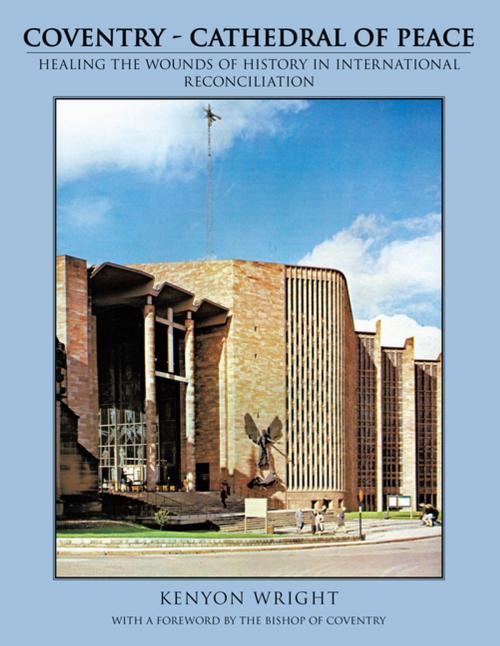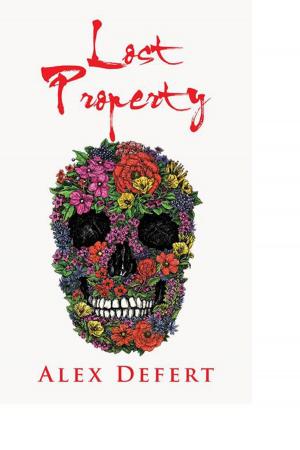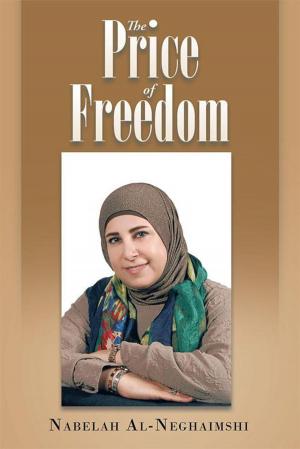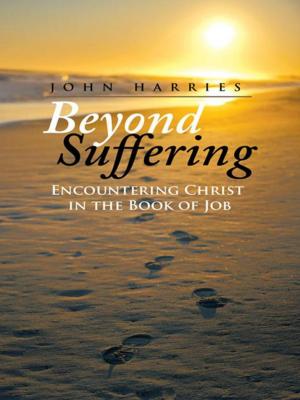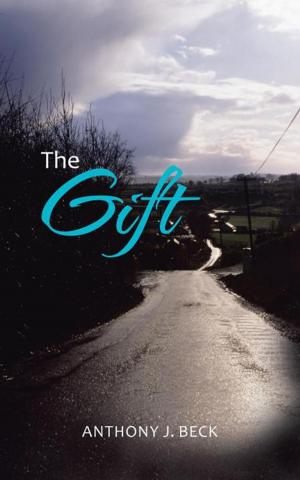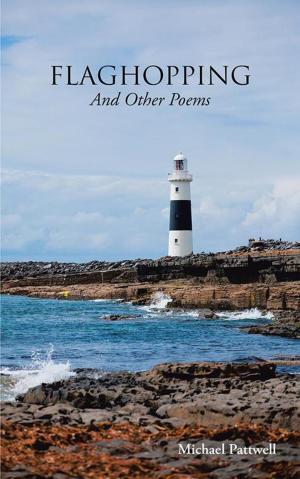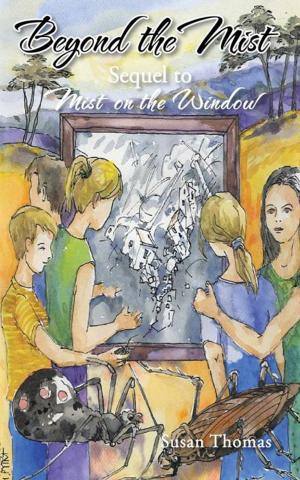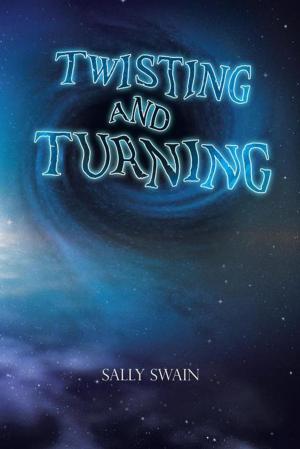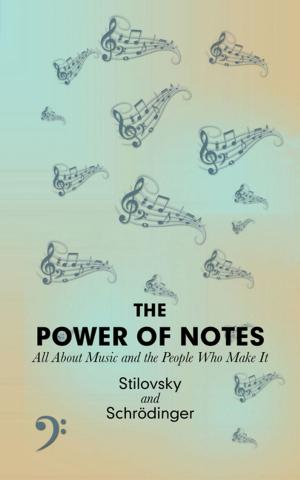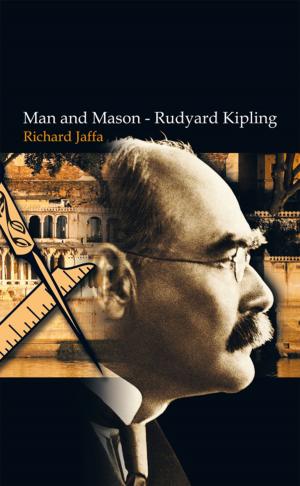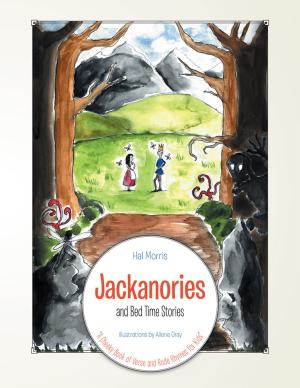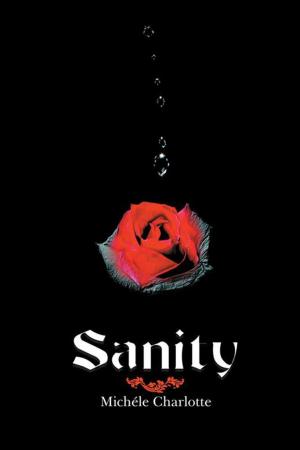Coventry - Cathedral of Peace
Healing the Wounds of History in International Reconciliation
Nonfiction, Religion & Spirituality, Inspiration & Meditation, Inspirational, Reference & Language, Education & Teaching, History| Author: | Kenyon Wright | ISBN: | 9781468585803 |
| Publisher: | AuthorHouse UK | Publication: | August 14, 2012 |
| Imprint: | AuthorHouse UK | Language: | English |
| Author: | Kenyon Wright |
| ISBN: | 9781468585803 |
| Publisher: | AuthorHouse UK |
| Publication: | August 14, 2012 |
| Imprint: | AuthorHouse UK |
| Language: | English |
In 1940, when Hitlers bombers reduced Coventrys ancient cathedral to ruins, he coined a new word. He threatened to coventrate all of Britain. Coventry thus was given an iconic status as a symbol of the triumph of good over evil, of forgiveness over revenge, of reconciliation and peace over division and conflict. The ruins are still there today as a warning, but the new and magnificent new cathedral has become the powerhouse of a ministry both to the city and to international conflicts. The book is in three parts. Part 1 is a series of dramatic and moving stories of that outreach, from Europe, Asia, and the Middle East. Part 2 describes the history of how the cathedral came to be such a unique and active symbol of renewal and peace. Part 3 asks what lessons are to be learned from that story for a world in greater danger and with deeper divisions than ever. Finally, the author, from his long experience of international reconciliation, defines the steps that are essential if the old wounds of history are really to be healed.
In 1940, when Hitlers bombers reduced Coventrys ancient cathedral to ruins, he coined a new word. He threatened to coventrate all of Britain. Coventry thus was given an iconic status as a symbol of the triumph of good over evil, of forgiveness over revenge, of reconciliation and peace over division and conflict. The ruins are still there today as a warning, but the new and magnificent new cathedral has become the powerhouse of a ministry both to the city and to international conflicts. The book is in three parts. Part 1 is a series of dramatic and moving stories of that outreach, from Europe, Asia, and the Middle East. Part 2 describes the history of how the cathedral came to be such a unique and active symbol of renewal and peace. Part 3 asks what lessons are to be learned from that story for a world in greater danger and with deeper divisions than ever. Finally, the author, from his long experience of international reconciliation, defines the steps that are essential if the old wounds of history are really to be healed.
